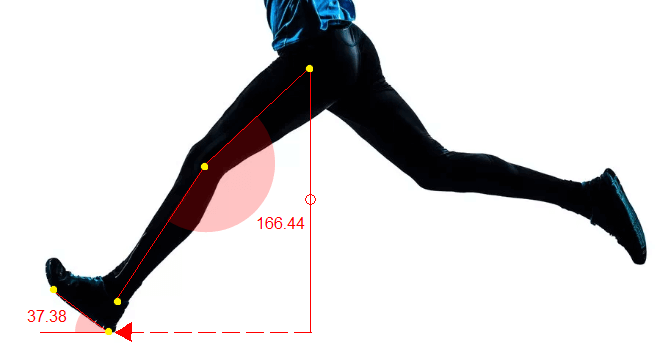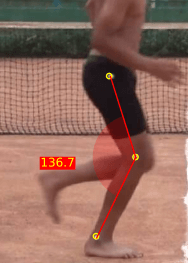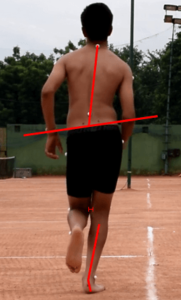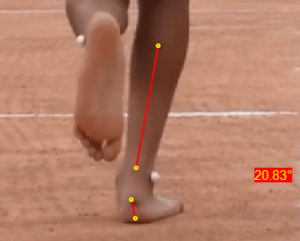UNDERSTANDING PATELLOFEMORAL PAIN
To manage Patellofemoral pain in runners its important to understand the
correlation between running biomechanics and its effect on the
patellofemoral joint.
correlation between running biomechanics and its effect on the
patellofemoral joint.
Patellofemoral pain syndrome (PFPS), most commonly known as
‘Runner’s knee‘ or anterior knee pain syndrome, is defined as “pain occurring
around or behind the patella that is aggravated by at least one activity that loads
the patella during weight-bearing on a flexed knee.”
Although the strategy of knee extension is helpful from immediate performance
point of view as it is increases the stride length. However, this increases the
ground reaction forces at the patellofemoral joint, leading to Runner’s knee
problems.




‘Runner’s knee‘ or anterior knee pain syndrome, is defined as “pain occurring
around or behind the patella that is aggravated by at least one activity that loads
the patella during weight-bearing on a flexed knee.”
BIOMECHANICS LINKED WITH PATELLOFEMORAL PAIN
OVERSTRIDING
A small degree of knee flexion is required at the moment of foot strike
(initial contact) to ensure good shock absorption. Now, imagine a case of
an amateur runner looking to increase his running performance through an
increase in stride length. Such amateur runners tend to achieve this goal
through increased knee extension at foot strike.
point of view as it is increases the stride length. However, this increases the
ground reaction forces at the patellofemoral joint, leading to Runner’s knee
problems.

CORRECTIONS: Typical overstriders hugely benefit from cadence retraining,
a method that promotes shorter and faster steps instead of longer steps.
This ensures the same performance and better shock absorption at the knee
joint.
Additionally, Refer to this link by Stanford Health for some drills.
EXCESSIVE KNEE FLEXION AT MID STANCE
Knee flexion angle is highly predictive of peak patellofemoral joint force, such that peak force increases as knee flexion angle increases (Wille CM et al 2014). Running with excessive knee flexion at Mid Stance (a moment when both knees are adjacent to each other) increases the patellofemoral joint stress & may require intervention.
Alternatively, some data exists suggesting that lower knee flexion (<40 degrees) may be associated with certain subgroups of patients with patellofemoral pain due to increased ground reaction forces (Dierks TA et al 2011). So ideally, this angle should revolve around 40 degrees at mid stance.

CORRECTIONS: Along with a rehab program, Runners with excessive knee flexion at mid stance benefit from cadence retraining, a method that promotes shorter and faster steps instead of longer steps.
Moreover, Verbal cues to promote a softer landing are also helpful.
EXCESSIVE CONTRALATERAL PELVIC DROP
The event of mid stance (both knees are adjacent to each other) is accompanied by a small contralateral pelvic drop, generally greater in women as compared to men.
An excessive contralateral pelvic drop, increased hip adduction & internal rotation increases lateral stress on the patellofemoral joint, resulting in maltracking of the patella. (Dierks TA et al 2008)

CORRECTIONS: In addition to a rehab program, visual feedback to ask the runner to maintain a level pelvis is very helpful to prevent excessive contralateral pelvic drop.
SUBTALAR OVER PRONATION
Excessive pronation of subtalar joint in the midstance phase of the gait cycle can be a contributing factor to anterior knee pain associated with PFPS.

CORRECTIONS:
In addition to a rehab program, studies also recommend the use of orthotics (Kannus VP,1992) or higher level of support shoes to correct subtalar overpronation.
No comments:
Post a Comment